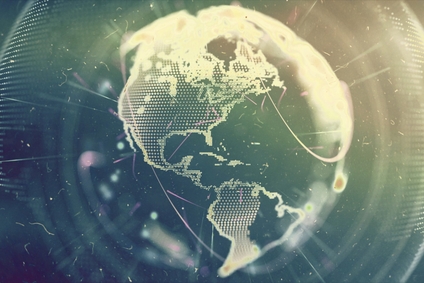International Warming, A Risk To Polar Bears
Global warming describes the increase of the earth’s common temperature beginning with the Industrial Revolution…
Global warming describes the increase of the earth’s common temperature beginning with the Industrial Revolution within the late 18th century. This could enormously affect coastal dwellers, as a 1.5 foot (50-centimeter) sea level rise in flat coastal areas would cause a typical shoreline retreat of 150 ft (50 meters.) In addition, there are 100 million people worldwide that are residing inside three toes (1 meter) of imply sea degree, which implies that a rise of just four inches (10 centimeters) might promote flooding in lots of South Sea islands, as well as the U.S. states of Florida and Louisiana.
Unfortunately preparing for global cooling and its penalties is something that the world will not be doing, as an alternative due to the current delusional state of climatology science which has been distorted by an eco-fundamentalistic and political agenda the world is now getting ready for international warming and is preventing the perceived menace from rising ranges of greenhouse gases.
Inflation is the results of having too much money relative to the quantity of goods and companies available to purchase with that money. Though, global warming relates to an increase in the average world temperature, completely different regions will experience totally different climatic effects.
But many see attribution as a begin towards quantifying, for instance, the elevated threat of extreme rainfall events along, for instance, the Gulf Coast attributable to Arctic and otherwise world warming. Rising temperatures – The second factor is the rising temperatures within the area which results in more moisture within the ambiance, bringing extra rain to the areas.
By 2100, sea ranges are prone to rise between 7 to 23 inches. The results of climatic modifications are affecting individuals, wildlife and our environment. World warming really affects the planet’s local weather in numerous methods. We all know that warming sea surface and air temperatures affect storms and produce more extreme precipitation.



